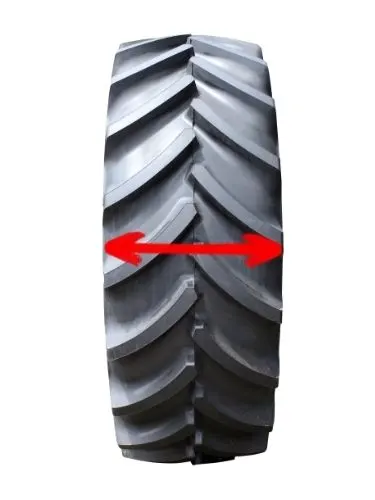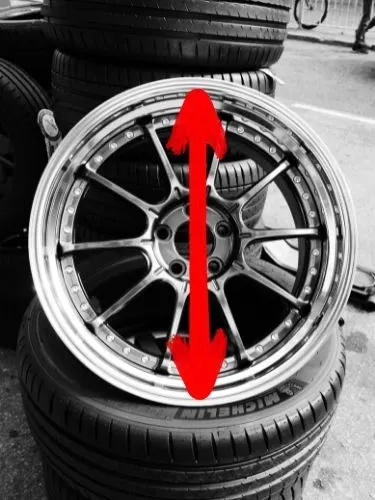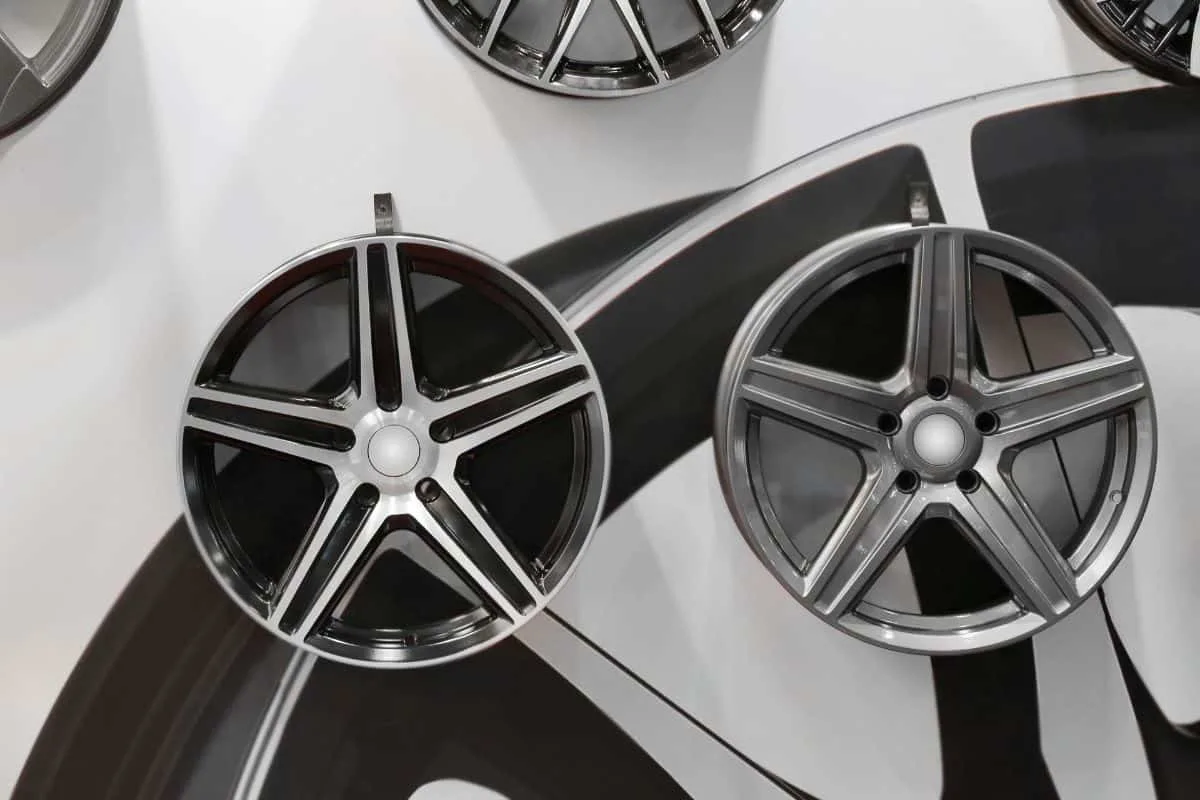A vehicle’s original wheels are specifically designed to enhance performance and last. They are in line with the exterior body style, gearing, and suspension. Regardless, it’s possible to replace the rims or wheel without compromising the vehicle’s performance!
Car wheels are not universal as they are designed to meet vehicle-specific requirements for diameter, width, bolt pattern, and offset. Selecting rims that properly fit is essential to avoid damaging the vehicle and ensuring its safe operation.
Many questions come with rim selection, but the most important one is whether or not the rims are compatible with our vehicles. Read on to find answers to these questions.
Why Is It Important To Have the Right Sized Tires?
Tires and wheels can be expensive and are therefore a significant investment. Installing the wrong size not only lacks the physical appeal but can also end up costing us even more in damages.
Using the wrong wheel size can damage your vehicle in more ways than one!
- Damage the braking system
- Damage the calibrations on the stability system, and
- Cause the speedometer to malfunction
If the rims are a poor fit, it causes the tires to wear and tear easily and affects the vehicle’s turning radius. It also results in vibration, which ruins the vehicle’s suspension and other body parts as well.
To get the correct tire size, we need to be familiar with how these measurements are taken!
What Is Wheel and Rim Width?
The measurements of the width and diameter of a wheel are in inches, with increments of half an inch. The wheel size also includes the offset.

Picture a wheel standing upright, not attached to a vehicle. The width is the distance between the edges of the wheel (also referred to as wheel lips) from left to right.
The diameter of the wheel refers to how high the wheel is, cutting across the center.

The rim refers to the wheel’s circumference, the exterior circular edge that holds and seals the tire. It determines the overall size of the wheel.
The width of the rim is the distance between the bead seats, from one edge to another.
At times, all the tires and wheels on a vehicle have a similar width forming a square set-up. In some cases, the front and rear axles have different widths.
Are All Wheel Rims the Same?
The size of rims is set, but we can have different tire sizes provided that the center of the tires is the right size.
Wheel rims come in different types. Our choice largely depends on our budget and safety considerations. Besides appearance, the kind we select will affect the vehicle’s handling and performance.
The differentiating factor for the various types is simply the materials used to make them.
There are three primary materials; chrome, aluminum, and steel. Also available are carbon fiber rims, magnesium alloy, and aluminum alloy rims.
Let’s have a quick comparison of the different materials and their characteristics.
Characteristics: Steel
- They are approximately 80% cheaper than other types. However, manufactures are switching to other light metals to enhance fuel efficiency.
- More damage resistant
Characteristics: Aluminum
- The rims are often alloyed using nickel
- Are lighter when compared to steel rims
Characteristics: Aluminum or magnesium alloy
- They are the second lightest ones available
- Are durable and cost-effective
- They minimize unsprung weight
- Are more susceptible to damage such as cracking and bending
Characteristics: Chrome
- They tend to be heavier than the others
- Are rust-resistant but easily scratched
- Are unable to withstand severe weather conditions.
- Some chrome finishes contain dangerous chemicals and are therefore banned in some states
Characteristics: Carbon Fiber
- They are the lightest rims available, but they are also the most expensive!
Lighter rims enable fast acceleration and reduce the braking distance. This is why alloy rims are more preferable to steel rims.
How to Know If Rims Will Fit Your Car
The easiest way for me to know is by checking my vehicle’s sticker plate. It’s typically situated on the inside of the side door on the driver’s side.
Alternatively, you can also check online for specific measurements based on your vehicle’s make and model.
There’s a more comprehensive way to determine whether rims will fit our cars. Some key factors to consider are:
#1 Bolt Pattern
The bolt pattern has two components: the centerline’s measurement and the number of studs on the wheel. For instance, a 5×114.3 bolt pattern has a centerline diameter of 114.3 mm, and five wheel lugs.
We can measure the diameter in two ways depending on how many lugs there are. If we have 4, 6, or 8 lugs, we measure the distance from the middle of one wheel stud to the center of the opposite wheel stud.
If there are five lugs, we measure the distance between the middle of one stud and the exterior of the stud that’s farthest.
#2 Wheel Backspacing
Measurements for the backspacing begin from the wheel’s mounting surface to the wheel’s back.
A large backspace means the wheel sits further back.
#3 Wheel Offset
The offset of a wheel refers to the measurement in millimeters from the mounting surface to the centerline. To calculate the centerline, divide the wheel equally into two halves.
The number is either positive or negative, depending on the position of the mounting surface relative to the centerline. If the mounting surface falls behind the centerline, the tire and rims protrude from the vehicle’s body, and the offset is negative.
A positive offset is when the mounting surface comes in front of the centerline, pulling the tire and rims inwards.
#4 Up-Sizing
Up-sizing is the act of increasing the original size of our vehicle’s tires. If we’d like the wheels to have a wider diameter, it’s essential to decrease the tire size.
This helps to maintain the total diameter of the wheel so that there’s adequate clearance to prevent rubbing.
What Are Uni-Lug Wheels?
Uni-Lug wheels are compatible with more than a single bolt pattern.
The wheels’ washers are oval and have offsets or centered holes depending on the bolt pattern.
Frequently Asked Questions (FAQs)
Do all five lug rims fit the same?
No, there’s no single universal wheel that can fit all five lug rims. For instance, we can choose to use rims measuring 5×108, or 5×4.25
Can I put six lug rims on a five-lug car?
The pattern on six lug rims is different from the one on five lug rims. It’s possible to use six lug rims on a five-lug car, but wheel adapters must be used.
Can I put four lug rims on a five-lug car?
With the help of wheel adapters, it’s possible to fit four lug rims on a car with five-lug wheels. The adapters convert the four-lug bolt pattern to a five-lug design.
